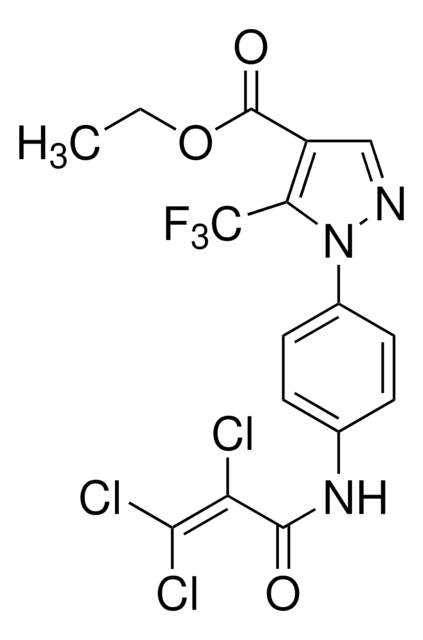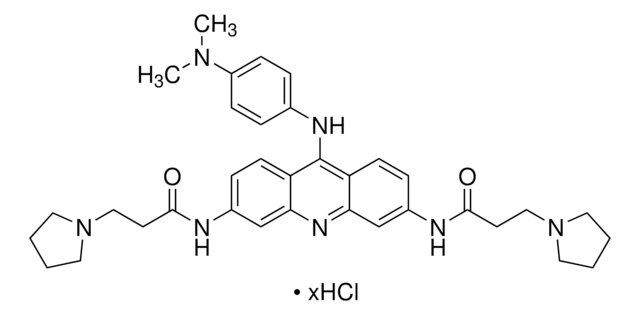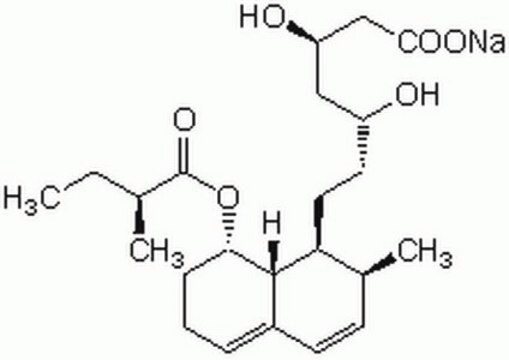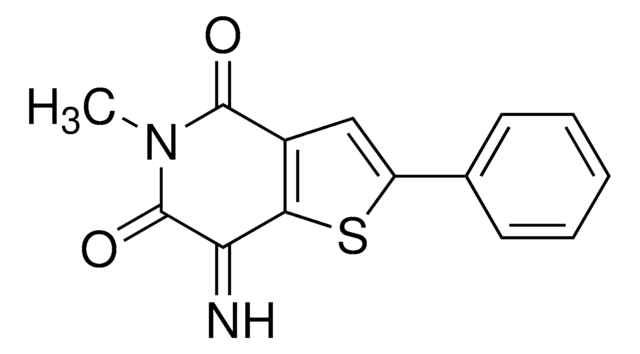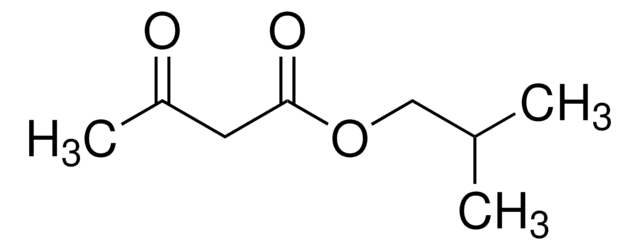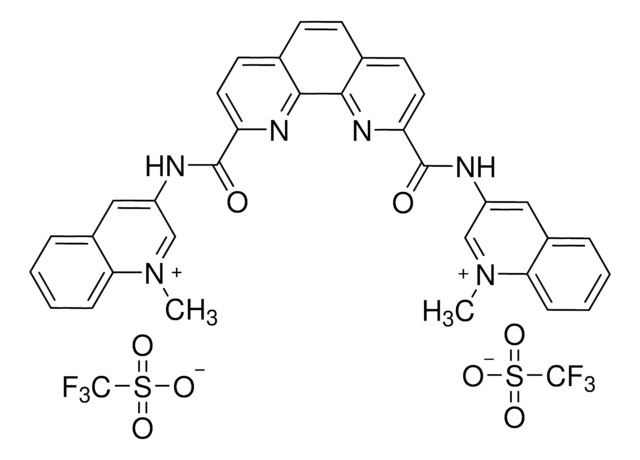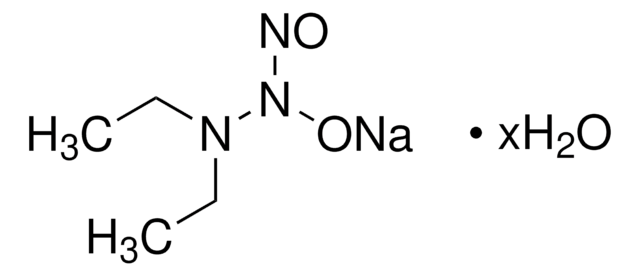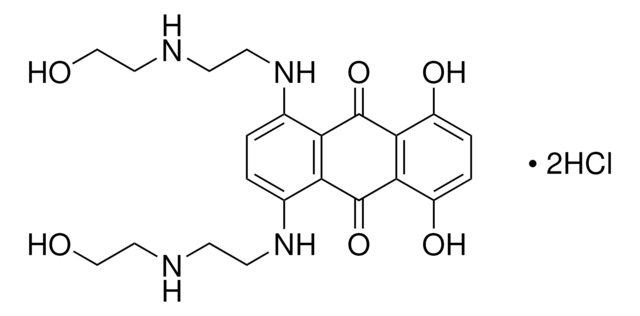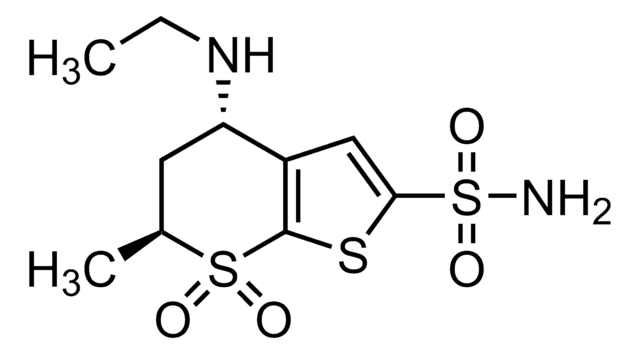P0108
PRL-3 Inhibitor I
≥98% (HPLC), solid
Synonym(s):
5-[[5-Bromo-2-[(2-bromophenyl)methoxy]phenyl]methylene]-2-thioxo-4-thiazolidinone, Phosphatase of regenerating liver-3, Inhibitor I
About This Item
Recommended Products
Quality Level
Assay
≥98% (HPLC)
form
solid
storage condition
protect from light
color
yellow
solubility
DMSO: >10 mg/mL
H2O: <2 mg/mL
storage temp.
−20°C
SMILES string
Brc1ccc(OCc2ccccc2Br)c(c1)\C=C3\SC(=S)NC3=O
InChI
1S/C17H11Br2NO2S2/c18-12-5-6-14(22-9-10-3-1-2-4-13(10)19)11(7-12)8-15-16(21)20-17(23)24-15/h1-8H,9H2,(H,20,21,23)/b15-8+
InChI key
HXNBAOLVPAWYLT-OVCLIPMQSA-N
Application
- to test its effect on classical Hodgkin lymphoma cell survival
- in the human umbilical vein endothelial cells tube formation assay
- to test its effect on the migration of neural crest cells
Biochem/physiol Actions
Features and Benefits
Storage Class Code
11 - Combustible Solids
WGK
WGK 3
Personal Protective Equipment
Certificates of Analysis (COA)
Search for Certificates of Analysis (COA) by entering the products Lot/Batch Number. Lot and Batch Numbers can be found on a product’s label following the words ‘Lot’ or ‘Batch’.
Already Own This Product?
Find documentation for the products that you have recently purchased in the Document Library.
Articles
Sigma-Aldrich offers many products related to phosphoprotein phosphatases (Tyrosine) for your research needs.
Our team of scientists has experience in all areas of research including Life Science, Material Science, Chemical Synthesis, Chromatography, Analytical and many others.
Contact Technical Service